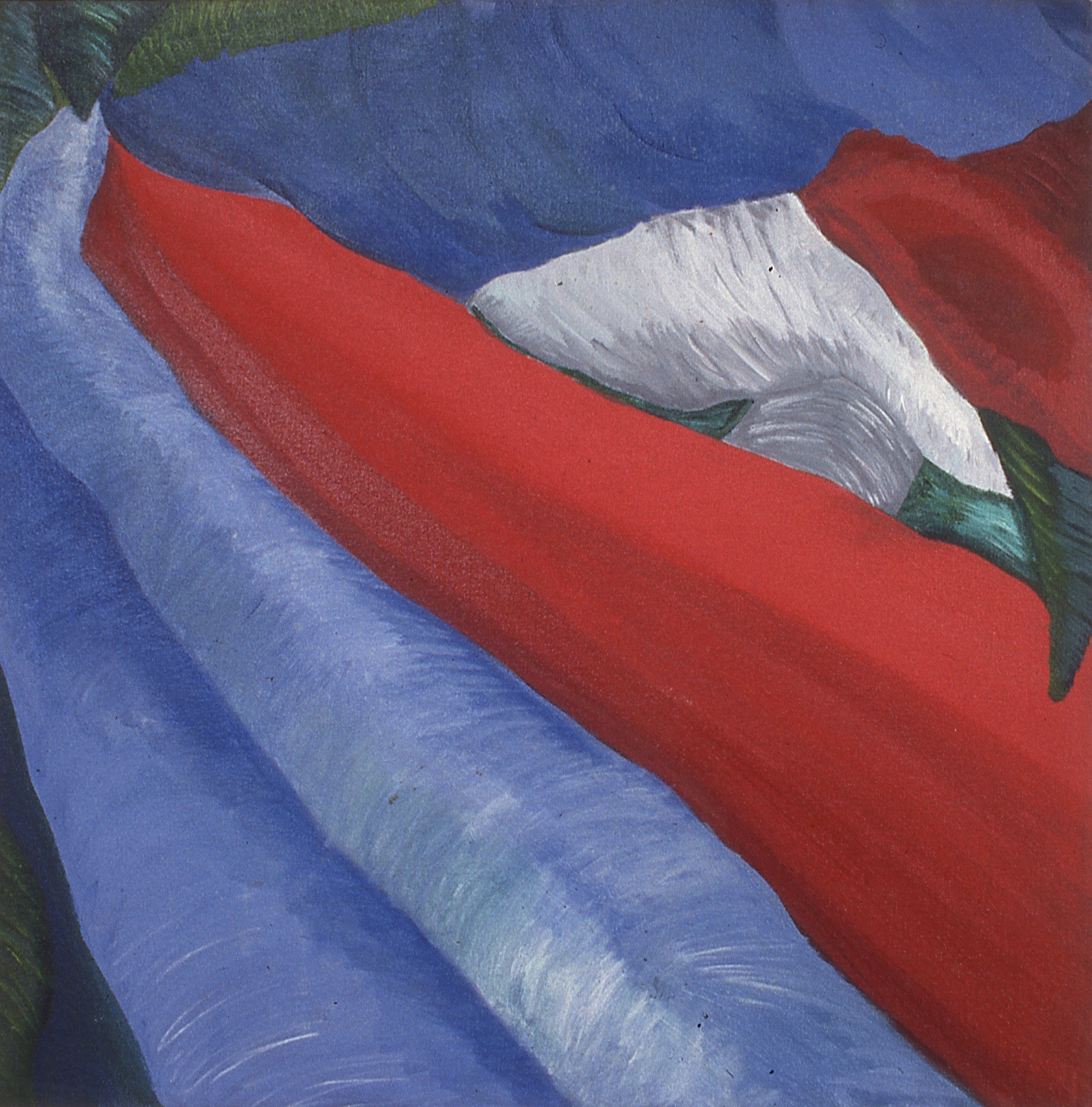
The depiction of biomorphic forms has had a long history of portrayal in early 20th century art. First explored in Europe by artist such as Kandinsky, Klee, Gorky and Matta, then crossing the Atlantic to expand the vocabulary of American artists Dove, Hartley, Marin, O’Keeffe, these early abstractionists made a visceral impression on me as a young art student at Bennington College and later in NYC in the 1960’s. As a young girl growing up in NYC I frequented MOMA and was exposed to the work of Pollack, De Kooning and other Abstract Expressionists of the era. The early American abstractionists and Abstract Expressionists and the writings in feminism were the prevailing influences on my work.
I was very conscious in the late 1960’s when I was beginning to find my ‘voice’ as an artist, of anting to make ‘strong’ art, an art that would express my inner feelings, ideas and visions, an art that would continue breaking the old stereotypes long held about female artists about merely doing ‘weak’, ‘pretty’ or ‘precious’ work. Inroads which began being made in the 40’s and 50’s into the ‘boys’ club of abstract expressionist artists by such women painters as Grace Hartigan, Lee Krasner, Joan Mitchell and others, gave me the confidence to explore these ideas.These concerns also coincided with the growing feminist movement and the writings of Simone de Beauvoir, Anais Nin, Betty Freidan, Kate Millet etc. This path led me to the use of personal biomorphic imagery, abstract female forms, and often the use of non-traditional art materials in collage.
The depiction of biomorphic forms has had a long history of portrayal in early 20th century art. First explored in Europe by artist such as Kandinsky, Klee, Gorky and Matta, then crossing the Atlantic to expand the vocabulary of American artists Dove, Hartley, Marin, O’Keeffe, these early abstractionists made a visceral impression on me as a young art student at Bennington College and later in NYC in the 1960’s. As a young girl growing up in NYC, I frequented MOMA and was exposed to the work of Pollack, De Kooning and other Abstract Expressionists of the era. The early American abstractionists and Abstract Expressionists and the writings in feminism were the prevailing influences on my work.
I was very conscious in the late 1960’s when I was beginning to find my ‘voice’ as an artist, of wanting to make ‘strong’ art, an art that would express my inner feelings, ideas and visions, an art that would continue breaking the old stereotypes long held about female artists about merely doing ‘weak’, ‘pretty’ or ‘precious’ work. Inroads which began being made in the 40’s and 50’s into the ‘boys’ club of abstract expressionist artists by such women painters as Grace Hartigan, Lee Krasner, Joan Mitchell, Helen Frankenthaler and others, gave me the confidence to explore a rich new vocabulary. These concerns also coincided with the growing feminist movement and the writings of Simone de Beauvoir, Anais Nin, Betty Freidan, Kate Millet etc. This path led me to the use of personal biomorphic imagery, abstract female forms, and often the use of non-traditional materials such as lace, beads, photos, gauze and wallpaper in collage.